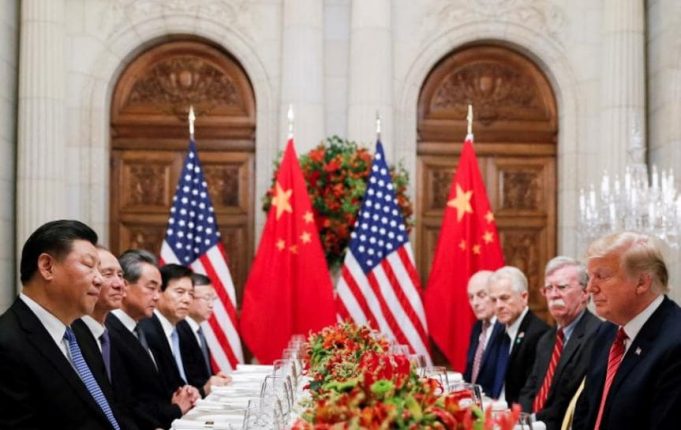At the beginning of last year, there was an extremely unlikely anomaly in global trade consciousness: China mentioned that it was promoting other goods in the United States, and the United States reported that it had purchased these goods from China. According to the study of Federal Reserve Economists. This is a change in the usual pattern and a product of the trade war between the two countries but it is not the expected result. This may be due to false reports by Chinese exporters and US importers.
Economists believe that American companies can pay lower tariffs when declaring the value of goods imported from China. While Chinese companies can get higher value-added tax refunds if they exaggerate the value of their exports. Generally, the cost of imported products when entering one country should be higher than the value of the same products when leaving another country. Because import prices usually include freight and insurance costs, while exports don’t.
This is the case for bilateral trade with the United States until February 2020. In China, the value of imported goods has always been higher than the value of Chinese exports to the United States. However, since March, the opposite has been reported almost every month.
The report highlights the problems of a lucrative trade war, which includes financial obstacles such as tariffs. This is contrary to the claim that the victory of former President Donald Trump may be easy. As well as the distribution relationship between the world’s two largest economies, the United States has long had a huge deficit.
Federal Reserve economists Hunter Clark and Anna Wong stated that since the two sides began to levy tariffs on each other in 2018. Erroneous reports by the U.S. and Chinese companies have largely explained the impact of China’s trade deficit cut back. Comparing 2020 with 2017, they estimated that $55 billion of the deficit was due to tax evasion in the United States. The $12 billion was due to false reports on China’s higher value-added tax refunds, and the remaining $20 billion was not explained.
The report emphasized the difficulty of winning the trade war through economic obstacles such as tariffs, which is contrary to former President Donald Trump’s claim that victory will be easy. This distortion also reinforces the arguments against Trump administration officials, who believe that the tariffs imposed by the Americans fundamentally offset trade distortions. Between the United States. The United States has long suffered huge deficits in the world’s two largest economies.
According to his calculations, trade stability in 2020 is US$88 billion (US$118 billion) lower than in 2017, of which US$55 billion of the deficit is due to U.S. tax evasion, and US$12 billion is due to incorrect Chinese VAT refund reports. The remaining $20 billion is undeclared.
They wrote: “Compared with US data, the trade war has a much smaller impact on the stability of the US-China bilateral trade.” According to their estimates, they have been lost.
The latest trade data from China also shows that gradual progress has been made in the procurement goals reached with the United States. The following is the trade agreement. As of January 2020, China’s industrial, agricultural, and consumer goods imports totalled nearly US$157 billion, accounting for approximately 41%. The two countries reached an agreed goal.













